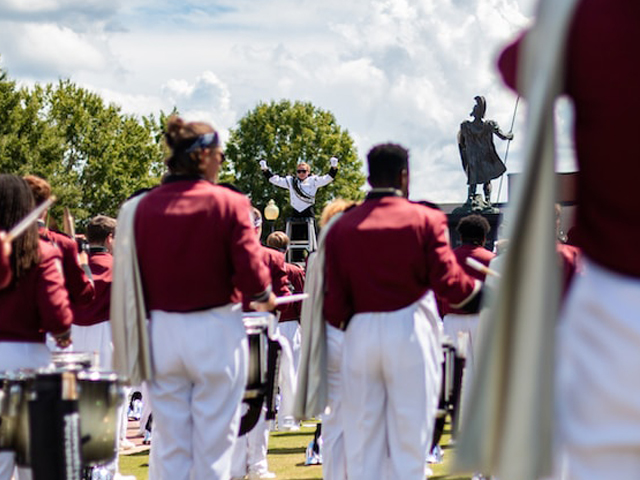
Symbolism is everywhere in modern literature. It refers to characters, objects, ideas, or places, representing something that goes beyond the literal meaning. Symbols can represent abstract concepts or ideas. They add complexity and depth to the narrative. Symbolism allows writers to express themes in a poetic, subtle way. It lets the writers explore deeper themes and complex emotions without stating them explicitly, which makes the work more meaningful and vivid. Writers do this by referring to a place, thing, animal, or person, and meaning them other than what most people understand. The meaning behind it relies on the concept. With symbolism, writers can also create different layers or meaning.
Here’s an example of symbolism in literature. Refer to The Raven by Edgar Allen Poe. Here, the writer literally interprets the Raven as a blackbird flying through a window and perching above a door. However, in its figurative interpretation, the Raven is a symbol of the speaker’s grief and problems in accepting the suffered loss.
Symbolism in Literature
This literary movement started in France, as a reaction against realism. The essayist and poet Charles Baudelaire was one of the first. The other prominent creators were Vallery, Rimbaud, Mallarme, Lefoegue, Verlaine, Claudel, Maeterlinck, Huysman, and Remy de Gourmount. The movement quickly spread throughout Europe. In the 20th century, symbolism was dominant in American and British poetry.
Symbolic Imagery
Symbolism in literature also plays a role in photography. Symbolic photography, like surrealism and conceptual photography, uses colors, themes, and objects to convey ideas and evoke emotions. However, it is important to understand that people interpret symbols in different ways. Many symbols also vary in meaning across different countries and cultures and over time. For example, this photo in Depositphotos can be pleasing to many viewers, but can evoke different feelings in others.
You can use symbolism to tell a story with a photo. For example, if you photograph a person in front of a piano, you can convey that the subject is artistic, musical, and creative. With food photography, serving food on china can symbolize the upper class and elegance. However, if you photograph the same food on paper plates, then it will tell a different story. Symbolism can be used in every field of photography.
Symbols in Fine Art
You will find many recognizable symbols in classical art, particularly in the Baroque and Renaissance periods, and they are timeless elements. For example, the painting of a skull symbolizes death. On the other hand, the classical memento mori uses skeletal remains to highlight mortality. Reference art has a long history, and it has stood the test of time. It spans different periods and cultures.
Types of Symbolism
Every culture and person interprets symbols differently. Learning about the symbols and their meanings in art will provide key insights.
- Color – Color is a good way of experimenting with symbolic photography as it is accessible and versatile. Different colors provide strong feelings. Each hue can have different meanings across the world. For instance, in North America, red signifies love and passion. However, in many African cultures, it can mean death and grief. On the other hand, in China, red often signifies luck and fertility. Again, with wedding dresses, black is a popular color in many cultures as the color represents love, marriage, and fidelity. But in many Western cultures, white represents purity and is thus used in wedding dresses.
- Objects – They, too, can evoke many ideas and emotions. A crown, for example, may symbolize victory and power. A pen represents stability and diplomacy. Sometimes, arrows and swords have double meanings. They can be objects of destruction. But the Cupid’s arrow represents love.
- Shapes – There can be symbolism with geometric shapes and their illustrations. For example, in the aboriginal art of Australia, symbols and shapes were used to keep records of culturally important stories and teachings. In Western cultures, on the other hand, straight lines have often represented order and circles symbolize unity.
What to Remember When Photographing Symbolic Images
Symbolic photography usually requires more than just one shoot. Whether you are creating a composite image or applying effects after the shoot, it normally requires several snaps before you can capture an awesome symbolic photo.
If you are thinking of photographing symbolic objects and editing them together later, then take snaps from different perspectives. Also, go for different lighting configurations as this will ensure that you will have enough materials to work with during the edit. You may also think of taking neutral photos with plain backgrounds and even lighting that can be the basis of the image.
While shooting, consider where the photo will be used or viewed. Symbolism is versatile, and thus it is effective in product photography or editorial shoots. It can tell the story of a company or brand. If the photo contains products, ensure that the branding is visible.
Symbolism is not just restricted to literature. It can also have a wide impact on photography.











